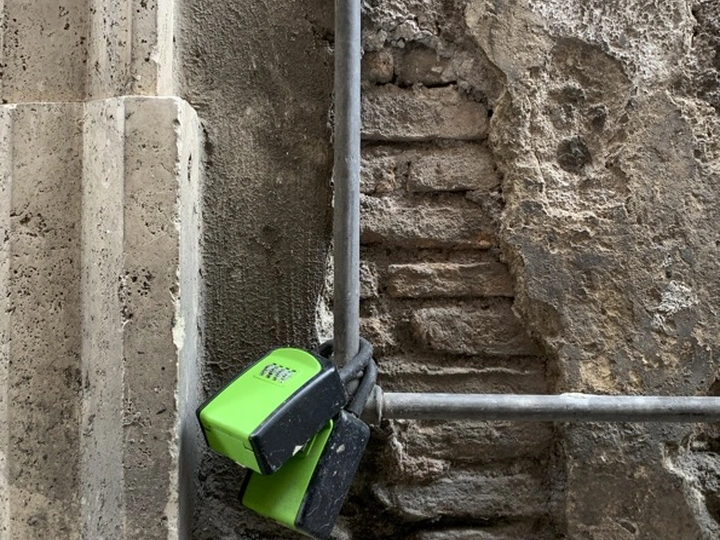New City Layers

Jonathan Carl Jensen
Christoffer Worm
We are a team of two grounded in an interdisciplinary methodology. Christoffer Worm Nielsen (1995) is a trained anthropologist and master of urban studies. Christoffer is interested in material ethnographies and material cultural studies, employing a critical view on how the urban world is bundled with things and artefacts that co-shape different socio-spatial processes. Through his research, Christoffer always aims at establishing a critical dialogue of how spatial practices work and to whom it is in favor for or works against. Jonathan Carl Jensen (1995) graduated from the Royal Academy of Architecture in Copenhagen in 2023 and focuses his work on spatial investigations by having a playful praxis working with scenography, costume design and architectural models. His works often deal with the tactile and emotional understanding of materiality and is concerned with art, cultural history and queer culture.
As a team, our different backgrounds help us question our work and projects from a wide variety of angles, methodologies and theoretical frameworks. Our interest lies in working with the materiality of mass tourism. Specifically, we have worked with the impact of (mass)tourism in Rome, seeing mass tourism as a new layer in the city's history and architecture. Our work thus focuses on how mass tourism changes the city's spatial and phenomenological character and how it materializes as new architectural interventions. Thus, we invite for a more complex and micro-geographical understanding of the extractive and exploitative dynamics of contemporary mass tourism. This project was sponsored by The Danish Institute in Rome, who funded a 1-month residency and provided us with financial and professional guidance as we were conducting our fieldwork in Rome and showcased our work at the institue. We hope to use our knowledge to further work with the socio-spatial implications of mass tourism globally.
Tourism has long been an integral part of cities, and for centuries tourists have cherished the cultural, historical, architectural and religious heritage that one encounters. Cities (especially old medieval city centers in Europe) are at a breaking point besieged by vast amounts of tourist. Our proposal sheds light on the complex interplay between tourism and urban cores and adds a new (material) perspective on the tourism crisis that is currently taking place.
Adopting a theoretical lens inspired by ANT, we dive into the micro-geographies of tourism, and invite for a perspective that illuminates the spatial culture of mass tourism which increasingly is becomming inseparable from the city’s urban environment. Understanding tourism as constructed by a multitude of agents, one sees a story unfolding in which multiple narratives surface. On the one hand, the urban environment is bundled with things that make a layer of promotion; selfie-sticks, audio-guides, souvenirs, to-go drinks and key-boxes for AirBnB etc. – elements that enhance the tourist-experience. Conversely, one finds a layer of protection, in which tourism is trying to be tamed, disciplined, and controlled; police presence, queuing fences, barriers around monuments or signs stating the proper codes of conduct. One therefore sees a sort of schizophrenic environment in which cultural heritage is being both promoted and protected. This materiality thus hints at a pivotal conflict in contemporary tourism, where ambitions of promotion, attraction and competitiveness endanger preservation of local culture, heritage, and history.
We see our project as a contribution for further investigations and conversations on the problems and socio-material entanglements of mass tourism, thus inspiring more work on how mass tourism affects our experiences of cities and exploring the exploitative dynamics of contemporary mass tourism.